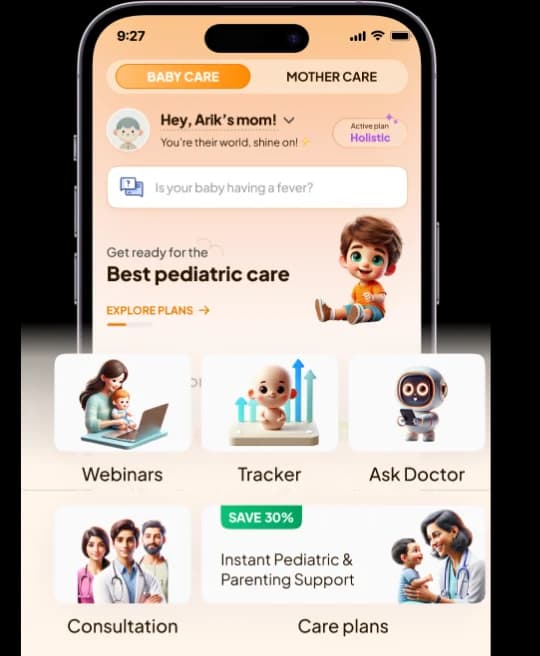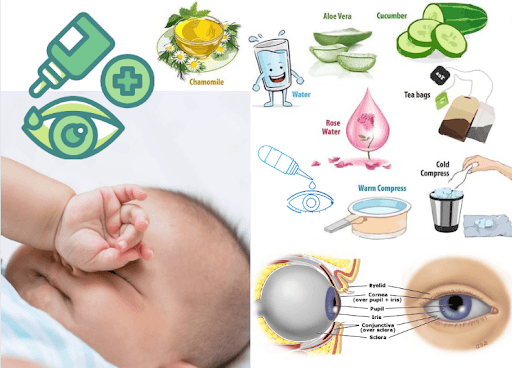
Vitamin D Deficiency in Children
Did you know Vitamin D deficiency increases very rapidly during covid time in children?
Did you know most of the vitamin D is produced in the skin when exposed to sunlight because it is difficult to get enough vitamin D from food alone?
Did you know Together, calcium and vitamin D help to build bones and keep them healthy?
How can I make sure my child is getting enough vitamin D?
Welcome parents! Did you know that Vitamin D is crucial for your baby’s bone development, growth, and overall health? This nutrient helps maintain normal levels of calcium and phosphorus in the blood, which is essential for your little one’s growth. Infants receive Vitamin D through breastfeeding or formula, but deficiency can lead to rickets and other health issues. To protect your child from osteoporosis, hypertension, cancer, and autoimmune diseases later in life, it’s vital to ensure they get enough Vitamin D.
Let’s discover that Vitamin D is important for children!
What is Vitamin D?
Vitamin D is essential for building healthy bones, bone healing after injury or surgery, and absorbing calcium from food. It also supports heart health, fights infection, and is not a vitamin but a hormone. The body can produce it, but if not enough is made from sunlight, it can be obtained from food or supplements.
Vitamin D plays a vital role in preventing and treating rickets and regulating calcium and phosphate levels in the blood. It also helps form and grow bones and boosts the immune system.
RDA of vitamin D for children – 400 IU (10 μg)
Where does vitamin D come from?
- Sun:
Our bodies produce Vitamin D when we are exposed to sunlight, but most people spend a lot of time indoors. It’s important to protect your baby skin to avoid skin cancer and damage from .





